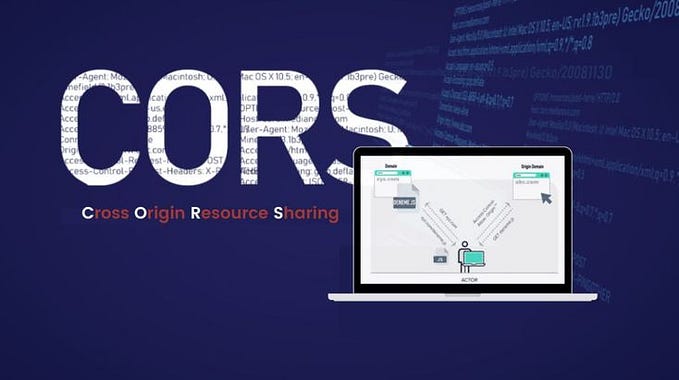Member-only story

Imagine this: You’ve just finished building your sleek front-end app, and you’re excited to connect it to your shiny new Node.js backend. But just when you think you’re ready to go, you’re greeted by an error in the console:
“Access to fetch at ‘http://api.server.com/data’ from origin ‘http://localhost:3000’ has been blocked by CORS policy.”
This dreaded CORS error has puzzled many developers, and tackling it might seem complex at first. But don’t worry, once you understand the root of the issue, the solution becomes simple. In this article, we’ll break down common CORS errors one by one and explain how to solve each of them in Node.js.
What is CORS and Why Does it Exist?
Before diving into the errors, let’s briefly understand what CORS (Cross-Origin Resource Sharing) is.
CORS is a security mechanism implemented by browsers that restricts web pages from making HTTP requests to a different domain, protocol, or port than the one serving the web page. This is known as the Same-Origin Policy.
For example, if your frontend app is served from “ http://localhost:3000 ” and your Node.js backend is hosted at “ http://localhost:5000 ” , the browser sees this as a cross-origin request and blocks it unless explicitly allowed by the server.









